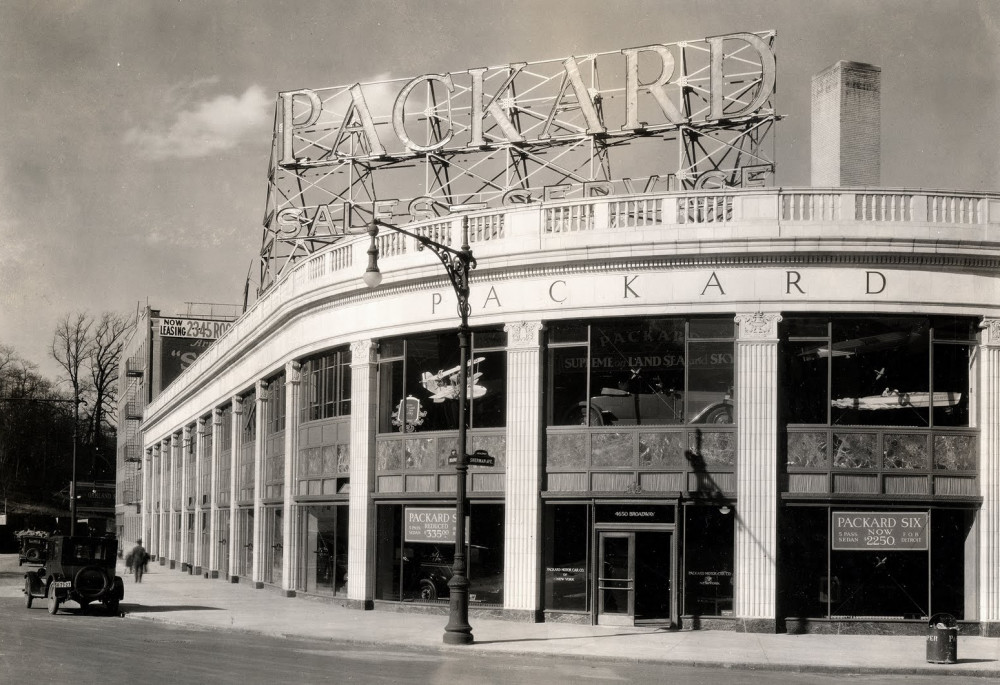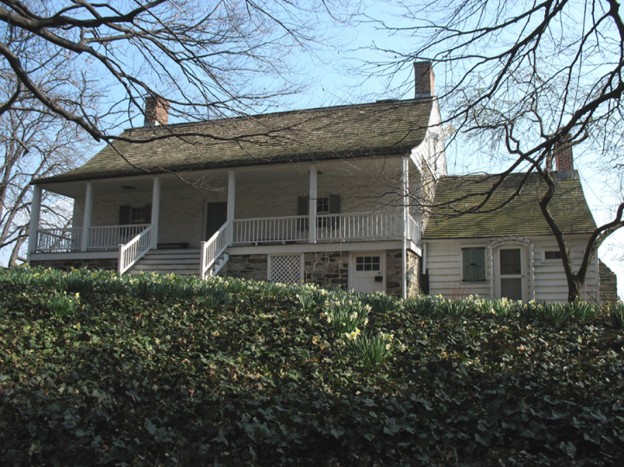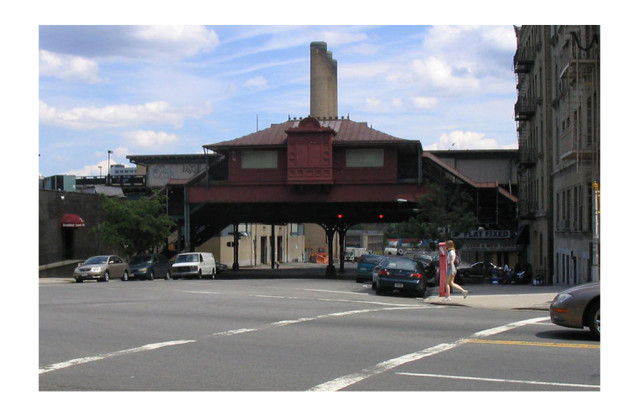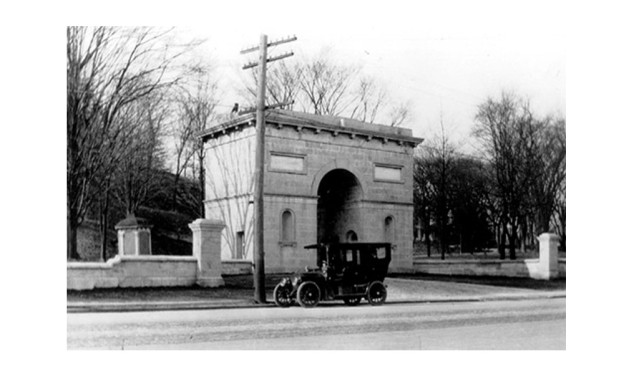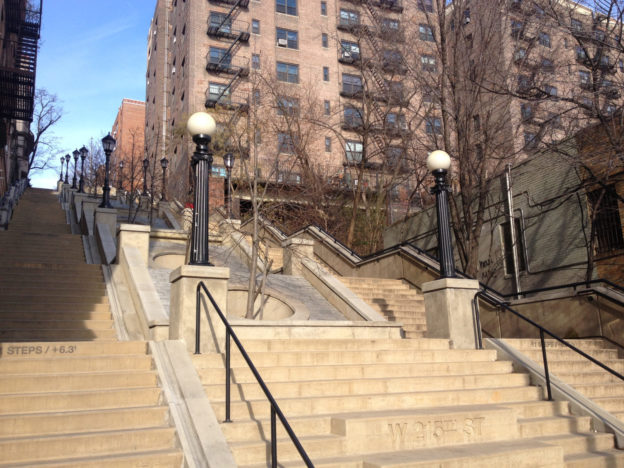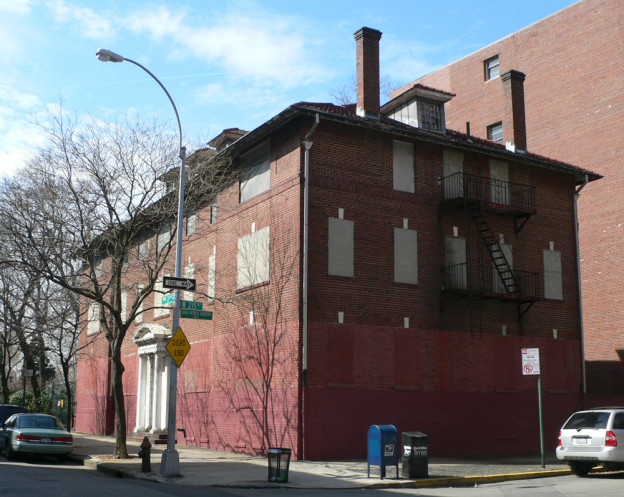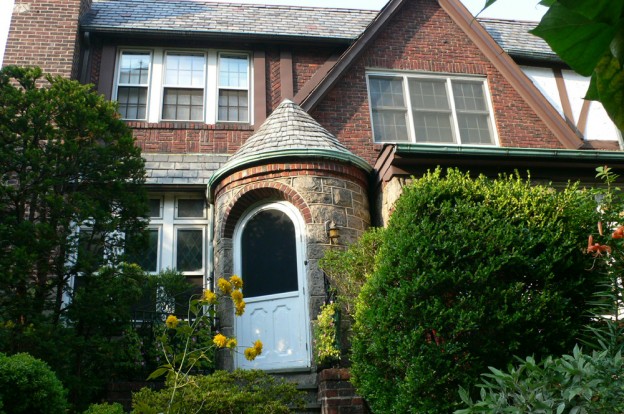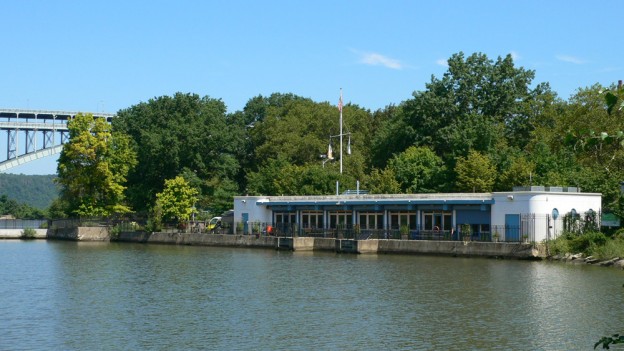Petitioning NYC Council Member Ydanis Rodriguez
We, the undersigned, urge The New York City Planning Commission, The New York City Council, and His Honor, Mayor Bill DeBlasio, to reject Acadia Trust’s Application to up-zone 4650 Broadway (Sherman Plaza) and incorporate Mandatory Inclusionary Housing at that site:
- This spot up-zoning is double the existing density and height of the majority of buildings in Inwood, and will create a dangerous precedent for the numerous other “underdeveloped,” “soft” sites in Inwood.
- Spot up-zoning will destroy the cohesive fabric of the existing community by increasing property values, heating up the real estate market, and thereby encouraging displacement of current Inwood residents.
- Spot up-zoning would ignore and degrade the experience of Scenic Landmark Ft. Tryon Park and the Cloisters Museum across Broadway.
- The proposed redevelopment would destroy the historic Packard Building, designed by Albert Kahn, the “gateway to Inwood” on Broadway.
- Existing infrastructure in Northern Manhattan is well past its useful life, and cannot accommodate such a large development. (Source: Con Ed Public Service Administration Hearing—Washington Heights/Inwood subsurface network for M29 transmission line.)
- The developer failed to produce a full Environmental Assessment Statement (EAS), which might have addressed this issue.
- The community board approval process did not incorporate the serious community concerns and unanimous disapproval of the project expressed by the neighborhood at the Town Hall held the night before the Community Board’s unannounced vote
- The small number of “affordable” apartments this proposal adds to NYC’s housing stock is not worth the permanent losses this spot up-zoning would mean to our community, including the loss of existing affordable, rent stabilized housing by virtue of the displacement that will be caused by the large number of luxury units this project will force on Inwood.
- Also, the percentage of affordable units has not actually been determined; it is now described as “in negotiation,” utilizing a process that has not been made public.
Spanish translation follows:
Nosotros, los abajo firmantes, instamos a la Comisión de la Planificación de la Ciudad de Nueva York, el Consejo Municipal y su honor, el alcalde Bill De Blasio, a rechazar la solicitud de Acadia Trust para cambiar la zonificación de 4650 Broadway (Sherman Plaza). Asimismo, les instamos a incorporar la norma de Vivienda de Inclusión Obligatoria en ese sitio:
- Este cambio excepcional de zonifiación por un solo sitio (“spot zoning”) aumentaría en el doble la densidad y la altura comparado con la mayoría de los edificios existentes en Inwood y crearía un precedente peligroso para los numerosos otros sitios “subdesarrollados” o “blandos” en Inwood.
- El “spot zoning” va a destruir el tejido de cohesión de la comunidad existente, mediante el aumento de los valores de propiedad y el sobre-calentamiento del mercado inmobiliario; y de este modo, fomentará el desplazamiento de los residentes actuales de Inwood.
- El “spot zoning” ignora y degrada la experiencia de landmark escénica de Fort Tryon Park y el Museo Cloisters ubicados al frente.
- El proyecto de remodelación destruiría el edificio histórico de Packard, diseñado por Albert Kahn, la “puerta de entrada a Inwood” por Broadway.
- La infraestructura existente en el norte de Manhattan ha sobrepasado su vida útil y no da cabida a un gran desarrollo de este tipo. (Fuente: Con Ed Administración de Servicios Públicos—Audiencia de Washington Heights/Inwood, red subterránea para la línea de transmisión M29).
- La empresa no produjo una Declaración de Evaluación Ambiental (EAS) completa, que podría haber abordado este asunto.
- El proceso de aprobación del Consejo Comunitario (Community Board), no ha incorporado las graves preocupaciones de la comunidad y la desaprobación unánime del proyecto expresado por el barrio en el Ayuntamiento llevado a cabo la noche antes de la votación no anunciada del Consejo.
- El pequeño número de apartamentos “asequibles” en esta propuesta, de ningún modo compensa las pérdidas permanentes de alquileres estabilizados que resultarían de este acto de “spot zoning” en nuestra comunidad, en virtud del desplazamiento causado por el gran número de unidades de lujo que este proyecto impondría en Inwood.
- Además, el porcentaje de unidades asequibles del proyecto aún no ha sido determinado; actualmente, se describe como “en proceso de negociación”, a través de un proceso que no abierto al público.
This petition will be delivered to:
- NYC Council Member Ydanis Rodriguez
